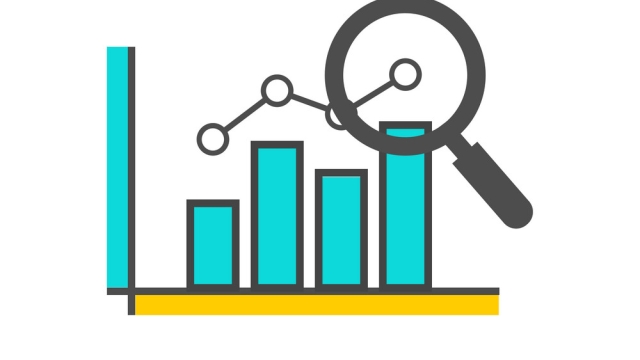
Data analysis is the driving force behind understanding the vast amounts of information that are generated in our increasingly digital world. In the realm of business, research, healthcare, and beyond, the ability to extract meaningful insights from data sets has become not just desirable, but essential. It is the art of transforming raw data into actionable knowledge, revealing patterns, trends, and correlations that may otherwise remain hidden.
In this fast-paced digital age, the significance of data analysis cannot be overstated. Innovations in technology have facilitated the collection of massive volumes of data, making the need to interpret and derive value from this data more pressing than ever. Through the lens of data analysis, organizations can make evidence-based decisions, gain a competitive edge, and pave the way for innovation and growth.
Understanding Data Analysis
Data analysis is the process of examining, cleaning, transforming, and interpreting data to discover meaningful insights. It involves the use of various techniques and tools to extract valuable information from datasets. By analyzing data effectively, businesses can make informed decisions, identify patterns, trends, and correlations that can guide their strategies.
In the digital age, data analysis plays a crucial role in gaining a competitive edge. Organizations utilize data analysis to optimize operations, enhance customer experiences, and drive innovation. By leveraging data-driven insights, businesses can better understand market dynamics, consumer behavior, and emerging opportunities in their industries.
With the exponential growth of data generated from various sources such as social media, IoT devices, and online transactions, data analysis has become more complex and sophisticated. Advanced analytics methods like machine learning and artificial intelligence are now being employed to handle large volumes of data and extract deeper insights. Data analysts need to stay updated with the latest tools and technologies to effectively analyze data in this rapidly evolving landscape.
Data driven analysis
Tools of Data Analysis
Data analysis in the digital age heavily relies on various tools to uncover valuable insights from the vast amounts of data available. One essential tool is statistical software that allows analysts to perform complex calculations, visualize data trends, and conduct hypothesis testing.
Another crucial tool is data visualization software, which enables analysts to transform raw data into easy-to-understand charts, graphs, and dashboards. Visualization tools help in identifying patterns, outliers, and correlations within the data, making it simpler to communicate findings to stakeholders effectively.
Machine learning algorithms are also indispensable tools in data analysis, especially for processing huge datasets and making predictions based on patterns identified in the data. By leveraging machine learning models, analysts can automate tasks, uncover hidden insights, and enhance decision-making processes.
Applying Data Insights
Data analysis plays a crucial role in extracting valuable information from vast datasets. By carefully examining patterns and trends within the data, businesses can make informed decisions and gain a competitive edge. Through the application of advanced statistical techniques, such as regression analysis and machine learning algorithms, organizations can unlock actionable insights that drive strategic growth.
One key aspect of applying data insights is the ability to leverage visualization tools effectively. Visual representations of data, such as charts, graphs, and dashboards, allow stakeholders to quickly grasp complex information. By presenting data visually, analysts can communicate their findings in a compelling and accessible manner, facilitating shared understanding and informed decision-making across the organization.
In today’s digital age, the speed at which data is generated and processed continues to increase exponentially. As a result, organizations must embrace real-time data analysis to remain agile and responsive in a dynamic business environment. By harnessing the power of real-time analytics, businesses can uncover insights instantaneously, enabling them to seize opportunities and mitigate risks swiftly.



